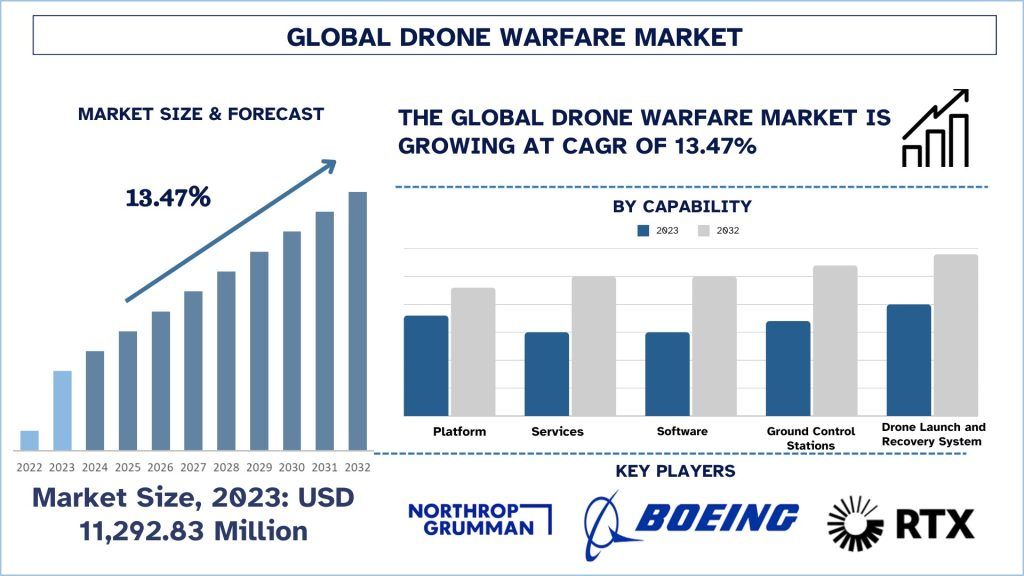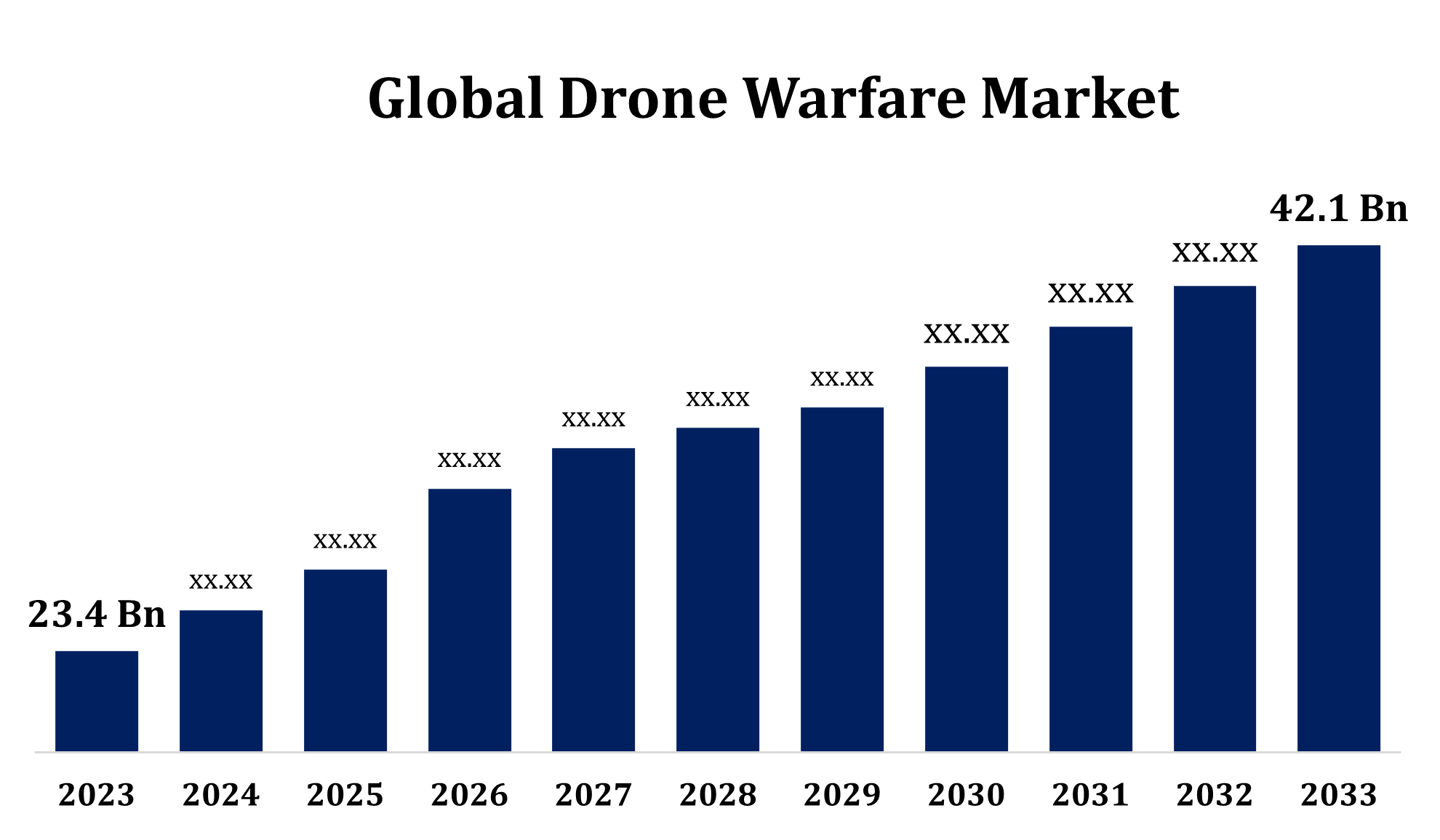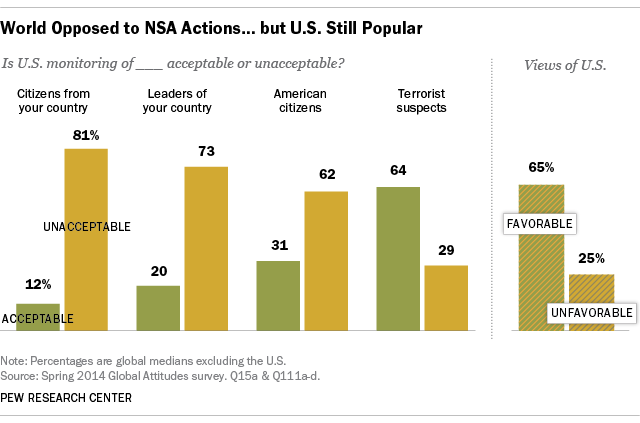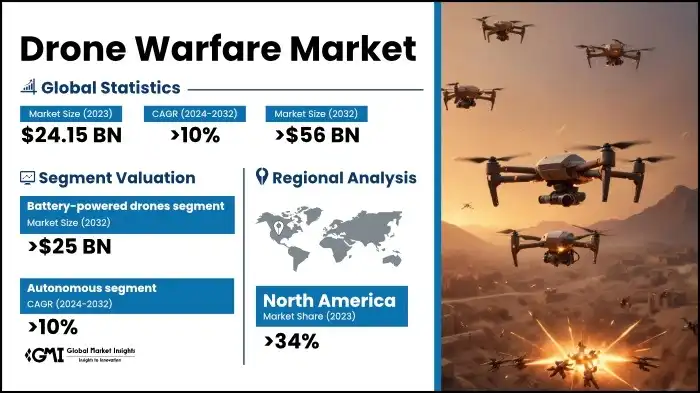Imagine a world where battles are fought from thousands of miles away. No soldiers on the ground, just drones in the sky.
This is not a scene from a science fiction movie; it’s the reality of modern warfare. Global drone warfare is reshaping how nations engage in conflict, and the statistics might surprise you. Have you ever wondered how many drones are in action right now or what impact they have on global security?
By diving into the numbers, you’ll gain a clearer picture of how pervasive drones have become in military operations across the globe. As you explore these statistics, you’ll uncover insights that can change your perspective on global security and warfare. Let’s unravel the data together and discover what it really means for you and the world around us.
Rise Of Drone Warfare
Drone warfare is expanding rapidly with striking global statistics. Countries increasingly rely on drones for military operations. This shift highlights a new era in warfare.
The rise of drone warfare is reshaping how conflicts are fought worldwide. With technological advancements, drones have become a key component in modern military strategies. Their ability to gather intelligence, carry out precise strikes, and minimize human casualties has led to their increasing use by nations around the globe.Historical Context
Drones have been in development for decades, but their military application took off in the early 2000s. The United States was a pioneer, using drones for surveillance and targeted strikes in the Middle East. This marked a shift from traditional warfare, highlighting the potential of unmanned systems. Countries soon followed suit, recognizing the strategic advantage of drones. By 2020, over 100 nations had developed or acquired military drone technology. This rapid adoption underscores the changing landscape of global military power.Technological Advancements
Drone technology has evolved significantly, enhancing their effectiveness in warfare. Today’s drones come equipped with advanced sensors, AI capabilities, and long-range communication systems. These features enable them to perform complex missions autonomously, reducing the need for human intervention. Miniaturization has also played a role, allowing for smaller, more agile drones that can evade detection. This development has made drones accessible not just to superpowers but also to smaller nations and even non-state actors. The accessibility raises concerns about the potential misuse of drones in conflicts. As you consider these developments, ask yourself: How does the rise of drone warfare impact global security and ethical standards? The answers could shape our world in unexpected ways.
Credit: univdatos.com
Current Global Drone Use
In recent years, drones have become a central component in military strategies across the globe. Their versatility and precision make them attractive to nations seeking to enhance their defense capabilities. From surveillance to targeted strikes, drones are reshaping warfare and influencing geopolitical dynamics. But who is leading the charge in this technological race, and how is drone usage distributed worldwide?
Major Players
Several countries have emerged as leaders in drone technology and usage. The United States, for instance, has been at the forefront with its extensive fleet and sophisticated systems. It’s not just about military prowess; drones also play a vital role in intelligence and reconnaissance missions.
China is also making significant strides in drone technology. With innovations in both commercial and military drones, China is challenging existing paradigms. Their advancements are reshaping their defense strategy and influencing regional power dynamics.
Don’t overlook Russia’s growing interest in drones. Known for its focus on security and defense, Russia is investing heavily in drone technology to enhance its military capabilities. Their approach often prioritizes strategic and tactical advantages.
Regional Analysis
Drone usage varies significantly across regions, reflecting each area’s unique political and military needs. In the Middle East, drones are frequently used for surveillance and combat operations, given the ongoing conflicts and security challenges.
In Europe, the focus is more on border security and monitoring. Nations are keen on using drones to enhance their surveillance capabilities, especially in areas with high immigration flows.
Asia presents a diverse picture. While countries like India and Japan are investing in drones for disaster management and surveillance, others focus on strengthening their military capacity. How might this affect regional stability?
As drone technology continues to evolve, understanding who uses drones and why they use them is crucial. It’s not just about military might; it’s also about strategic positioning and securing national interests. Is your country investing wisely in drone technology?
Drone Strike Statistics
In the realm of modern warfare, drones have emerged as a formidable force, reshaping strategies and tactics across the globe. As these unmanned aerial vehicles proliferate, understanding drone strike statistics becomes crucial. It offers insights into their impact, shedding light on the frequency and scale of operations and the human cost involved. Whether you are a curious reader or a policy analyst, these numbers tell a compelling story about the evolving landscape of global conflict.
Frequency And Scale
Drones are not just tools of surveillance; they are increasingly deployed for strikes. The frequency of drone strikes varies widely depending on the region and mission objectives. Imagine the skies of conflict zones like Afghanistan or Syria, where drones are a common sight. They often conduct multiple missions daily.
Some countries, like the United States, have increased their drone usage exponentially. This reflects a shift towards remote warfare, prioritizing precision and minimizing risk to personnel. The scale of these operations can be staggering, with hundreds of strikes reported annually in active conflict zones.
Are you surprised by these figures? They underline the growing reliance on drones in military operations. It’s a testament to the technological advancements that make drones a preferred choice for precision strikes.
Casualty Reports
Drone strikes are hailed for their accuracy, but they are not without controversy. Casualty reports reveal a complex picture. While drones aim to target militants, civilian casualties remain a poignant issue.
Reports from organizations like Amnesty International highlight the tragic impact on civilian lives. These reports often spark debates about the ethical implications of drone warfare. They urge us to question the balance between strategic advantage and humanitarian concerns.
Have you ever considered the human cost of drone strikes? It’s a sobering thought, reminding us of the real-life consequences behind the statistics. As drone warfare continues to evolve, these casualty figures will play a crucial role in shaping future policies and public perception.
Drone strike statistics are more than numbers; they are narratives of conflict, strategy, and the quest for precision in warfare. They challenge us to think critically about the future of military engagements in an increasingly drone-dominated era.
Economic Impact
The economic impact of global drone warfare is both profound and multifaceted. It’s a topic that touches not just on military budgets but also on technological innovation, job creation, and international trade. As you explore this subject, consider how the financial implications of drones are reshaping economies worldwide.
Cost Analysis
Have you ever wondered about the real costs of drone warfare? It’s not just the price tag of the drones themselves. Maintenance, training, and operational expenses add up quickly.
- Drone Acquisition: Military-grade drones can cost millions. Factor in the technology upgrades and the bill rises.
- Operational Costs: Fuel, maintenance, and the cost of skilled operators contribute significantly.
- Training Programs: Preparing personnel to operate drones safely and effectively requires substantial investment.
These costs can strain national budgets, but they also drive innovation in cost-effective solutions. What does this mean for the economies involved?
Market Growth
The drone market is growing at an unprecedented rate. It’s not just military applications fueling this growth. Commercial and civilian uses of drones are expanding rapidly.
| Sector | Growth Rate |
|---|---|
| Military | 15% annually |
| Commercial | 25% annually |
As demand increases, so does competition. This leads to better technology and lower costs, benefiting consumers and businesses alike. Imagine the possibilities with drones improving logistics, agriculture, and even emergency services.
What opportunities do you see arising from this rapid market expansion? Could it be a chance to invest in new technologies or a way to boost local economies?
Engage with these economic implications as you consider the future of drone warfare. The statistics don’t just tell a story of conflict; they reveal a landscape of opportunity and change. How will you respond to this evolving narrative?
Ethical And Legal Concerns
Global drone warfare statistics raise ethical and legal concerns. Civilian casualties and privacy violations trouble many. International laws struggle to keep pace with technological advancements in drone warfare.
The rise of drone warfare has brought significant ethical and legal concerns to the forefront of global discussions. As countries increasingly rely on drones for military operations, questions arise about the implications of their use. Are the current legal frameworks adequate to address these challenges? And how do people feel about the growing reliance on this technology in warfare?International Law
International law struggles to keep up with the rapid advancements in drone technology. The existing laws were primarily designed for traditional warfare, leaving gaps when applied to drones. For instance, who is responsible when a drone strike inadvertently harms civilians? The lack of clear accountability raises serious ethical issues. Countries must collaborate to update international laws to ensure they address these modern challenges. There is also the question of sovereignty. Drones allow nations to conduct operations in foreign territories with minimal risk to their own personnel. This raises concerns about the violation of national sovereignty. How do we balance the need for security with respecting international borders?Public Opinion
Public opinion on drone warfare is divided. Some people see drones as a necessary tool for modern warfare that can reduce casualties. Others view them as a symbol of impersonal and unaccountable violence. Consider the perspective of those living in regions frequently targeted by drones. For them, the constant presence of drones overhead can be terrifying. This raises ethical concerns about the psychological impact on civilian populations. Your opinion matters, too. As a global citizen, how do you feel about the use of drones in warfare? Public opinion can shape policy and bring about change. Engaging in these discussions is crucial for developing ethical guidelines around drone use. Drones are here to stay, but their ethical and legal frameworks are still catching up. By understanding these concerns, you can contribute to a more informed conversation on the future of drone warfare.
Credit: www.sphericalinsights.com
Technological Innovations
The world of drone warfare is rapidly evolving, driven by technological innovations that are changing the battlefield dynamics. From AI-powered systems to sophisticated counter-drone technologies, these advancements are reshaping military strategies worldwide. As you delve into these innovations, you’ll discover their profound impact on global security.
Ai And Autonomous Systems
Artificial Intelligence is at the forefront of drone technology. It enhances drones with capabilities that were unimaginable a decade ago. Imagine drones that can identify targets and make decisions without human intervention. Autonomous systems are now enabling drones to perform complex missions independently. This raises questions about the ethical implications and control over such powerful technology.
Consider the example of AI-driven surveillance drones. These drones can scan vast areas, recognizing patterns and detecting threats in real-time. The ability to process data quickly and efficiently makes them invaluable in military operations. But how do you ensure that these systems are always making the right decisions?
Counter-drone Technologies
As drones become more advanced, the need for counter-drone technologies grows. These systems are designed to detect, track, and neutralize hostile drones. Think about the security challenges posed by unauthorized drones entering restricted areas. Counter-drone technologies provide solutions to safeguard sensitive locations.
One interesting development is the use of radar and RF sensors to detect drones. These sensors can identify drones based on their signal emissions and flight patterns. Once detected, various methods can be employed to disrupt or capture the drone. This brings up an intriguing question: Are current systems enough to counter sophisticated drone threats?
What about you? Have you considered how these technologies might affect your own country’s security? Understanding the balance between technological advancement and ethical responsibility is crucial. As drone warfare evolves, staying informed is key to navigating the complexities it presents.
Future Trends
Global drone warfare statistics reveal an increasing reliance on unmanned aerial vehicles in modern conflicts. Nations focus on enhancing drone technology for surveillance and precision strikes. This trend underscores the growing importance of drones in military strategies worldwide.
As the world progresses, the future of drone warfare is rapidly evolving, bringing new challenges and opportunities. You may wonder what lies ahead in the landscape of drone technology and international relations. The future trends in drone warfare will surely capture your interest as they shape the way countries engage in conflict and collaborate on global policies.Predicted Developments
The evolution of drone technology is expected to revolutionize warfare in the coming years. Imagine a world where drones are not just used for surveillance but also for strategic combat missions, equipped with advanced AI and stealth capabilities. This is not a distant dream but a foreseeable reality. Autonomous drones are on the horizon, potentially reducing the need for human intervention. These drones could execute missions based on pre-programmed guidelines, making real-time decisions. The ethical implications of such autonomy will surely spark heated debates globally. Miniaturization of drone technology means smaller, more agile drones capable of navigating urban environments. Picture drones the size of birds, gathering intelligence undetected. Are we prepared for the privacy concerns this may raise?Global Policy Changes
The rapid advancements in drone technology call for updated global policies. Countries are already discussing new regulations to ensure responsible drone usage. Will these policies keep pace with technological growth? International cooperation is crucial to prevent misuse of drones in warfare. Collaborative frameworks might emerge, focusing on transparency and accountability. Think about how this can foster trust among nations, reducing the risk of unintended conflicts. Your role in shaping public opinion on global policy changes is vital. By staying informed and actively participating in dialogues, you can influence the direction these policies take. Are you ready to make your voice heard in this evolving landscape? The future of drone warfare is not just a matter of technology; it’s about how we, as a global community, adapt and respond. Are you prepared to be part of this conversation?
Credit: www.pewresearch.org
Frequently Asked Questions
What Is Drone Warfare?
Drone warfare refers to the use of unmanned aerial vehicles in combat. These drones conduct surveillance, gather intelligence, and carry out targeted strikes. Their use has increased due to their precision and reduced risk to military personnel.
How Many Countries Use Military Drones?
As of recent reports, over 100 countries have integrated drones into their military operations. These countries utilize drones for surveillance, intelligence gathering, and direct combat roles. The proliferation of drone technology has reshaped modern warfare strategies.
Why Are Drones Used In Warfare?
Drones offer precision, reduced risk to human pilots, and lower operational costs. They can conduct long-duration missions and gather real-time data. Drones are effective in surveillance, reconnaissance, and targeted strikes, making them a crucial asset in modern military operations.
What Are The Ethical Concerns Of Drone Warfare?
Ethical concerns include civilian casualties, privacy violations, and lack of accountability. The ease of use might lower the threshold for engaging in conflict. Debates continue on the morality and legality of autonomous drone strikes.
Conclusion
Drone warfare shapes modern conflicts globally. Numbers tell a compelling story. They show drones’ rising impact on military strategies. Countries invest heavily in drone technology. This affects security dynamics worldwide. Civilian safety and ethical concerns grow. Experts debate regulations for drones.
Important discussions continue. Will drones change future warfare? Only time will tell. Understanding these statistics is crucial. It helps grasp drones’ influence today. Stay informed. Stay engaged. The future of warfare is evolving. Drones are here to stay. Their role in global security remains significant.
